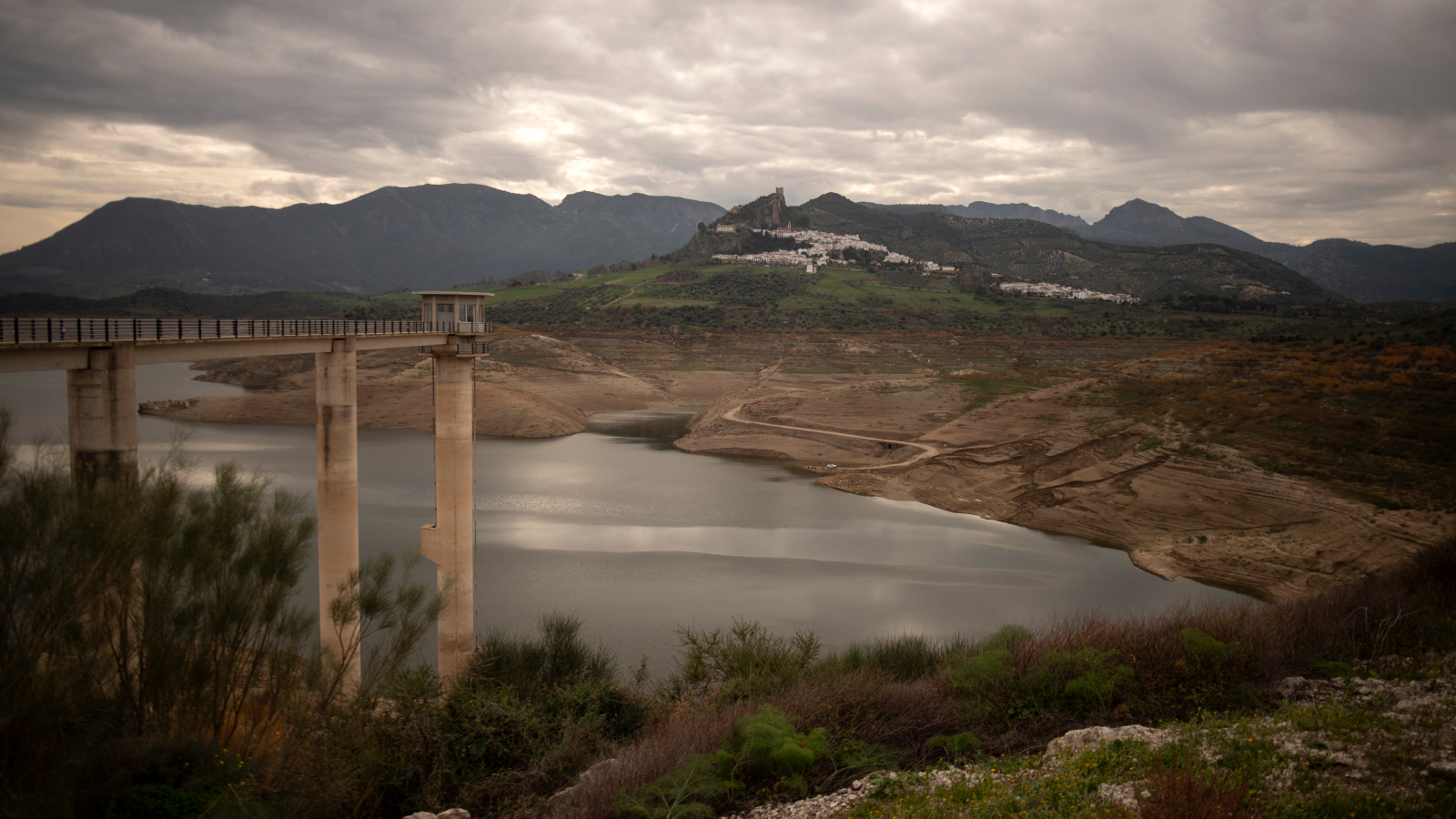Why the Chile Earthquake Aftershock Was So Big
The whopping 7.2-magnitude aftershock that rattled Chile again today is nothing unusual following such a large original earthquake, scientists say.
The aftershock, which struck at about 11:40 am local time, may sound surprisingly strong, given that it is bigger than the original earthquake that decimated Haiti in January, but it wasn't unexpected to scientists, said Don Blakeman, a geophysicist with the United States Geological Survey.
The 8.8-magnitude earthquake that struck off the coast of the Maule region of Chile on Feb. 27 was one of the strongest ever recorded. After such a strong quake, aftershocks that are themselves substantial are par for the course.
Aftershocks are typically smaller in magnitude than the original quake, with many small aftershocks and a handful of larger ones. With an original quake that was more than an 8 in magnitude "we would expect at least a couple of 7's," Blakeman told LiveScience.
Aftershocks are earthquakes themselves that occur because the fault that ruptured in the original temblor is still readjusting itself. They typically occur within the same zone along a fault that ruptured in the original quake. And "the bigger the quake, the larger the aftershock zone," Blakeman said, which explains why this aftershock was not in the same spot as the epicenter of the original earthquake. The rupture zone for the original quake was 250 miles (400 kilometers) long, "so it's a very big zone," Blakeman said. The aftershock struck about 93 miles (150 km) southwest of the capital, Santiago.
Aftershocks can last for weeks to months. They may not occur continuously, with periods of quiet in between sequences of aftershocks.
"It kind of runs in spells," Blakeman said.
Get the world’s most fascinating discoveries delivered straight to your inbox.
Not long after the 7.2-magnitude aftershock today, a powerful 6.9 aftershock shook the area again.
So far, the original Chile earthquake has spawned just the one aftershock over a 7 in magnitude and about 10 in between a 6 and a 7, Blakeman said. But "I know we've had at least 150 in the 5 or greater range," he added.
And such a large magnitude aftershock guarantees that "you'll have a lot more after that," Blakeman said. "It's like this aftershock will have its own aftershock."
And even though it's getting further away in time from the original earthquake, the magnitude of aftershocks won't necessarily dissipate. "We could certainly have more in the 7 range," Blakeman said.

Andrea Thompson is an associate editor at Scientific American, where she covers sustainability, energy and the environment. Prior to that, she was a senior writer covering climate science at Climate Central and a reporter and editor at Live Science, where she primarily covered Earth science and the environment. She holds a graduate degree in science health and environmental reporting from New York University, as well as a bachelor of science and and masters of science in atmospheric chemistry from the Georgia Institute of Technology.


